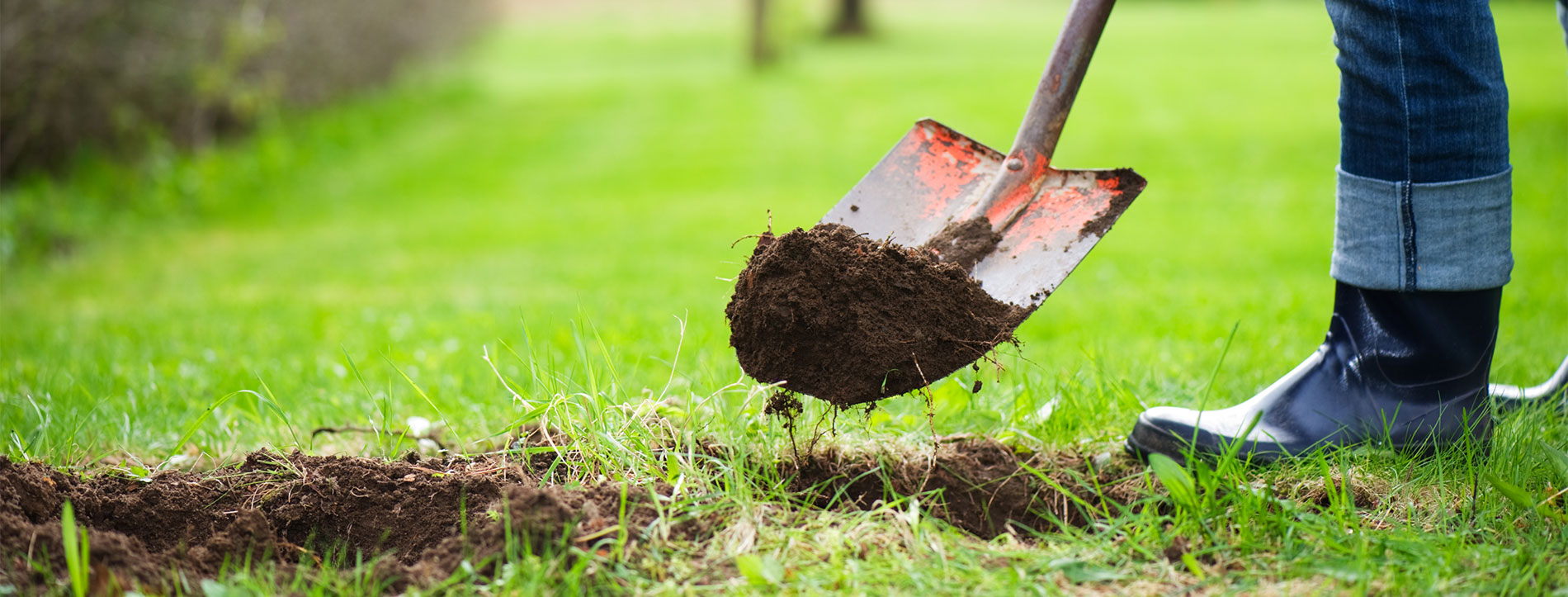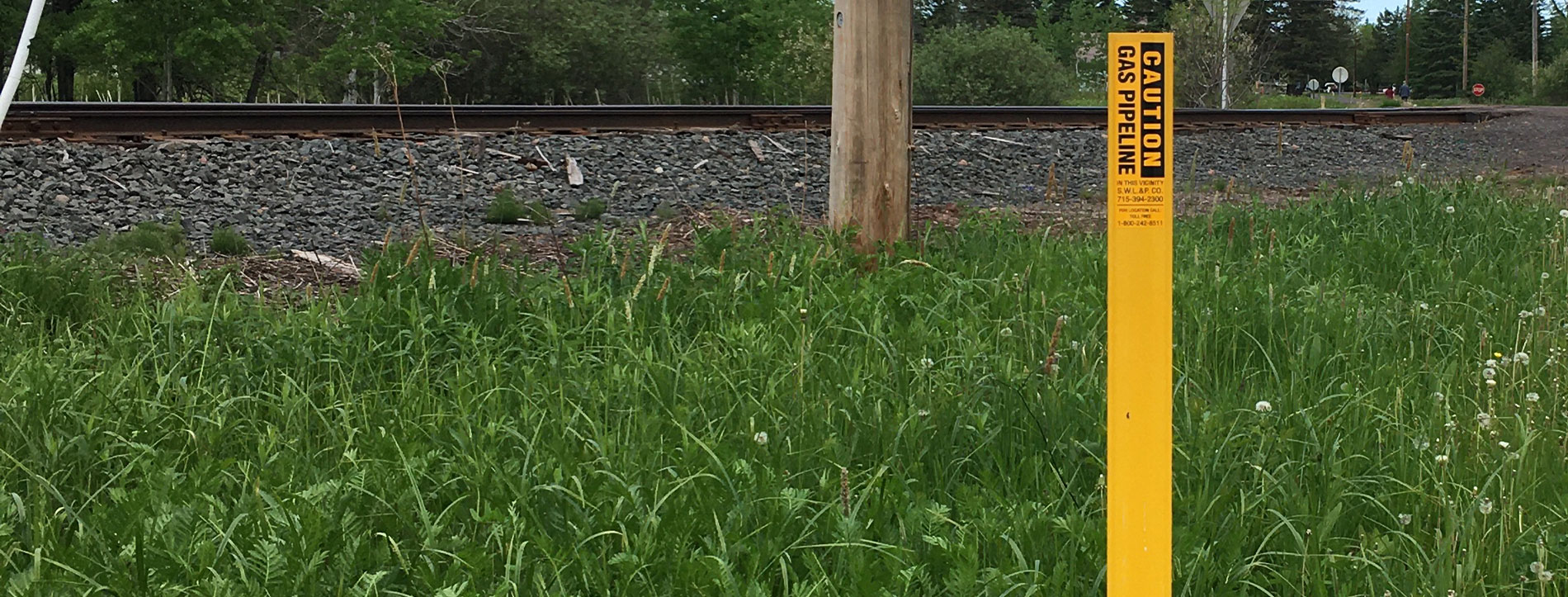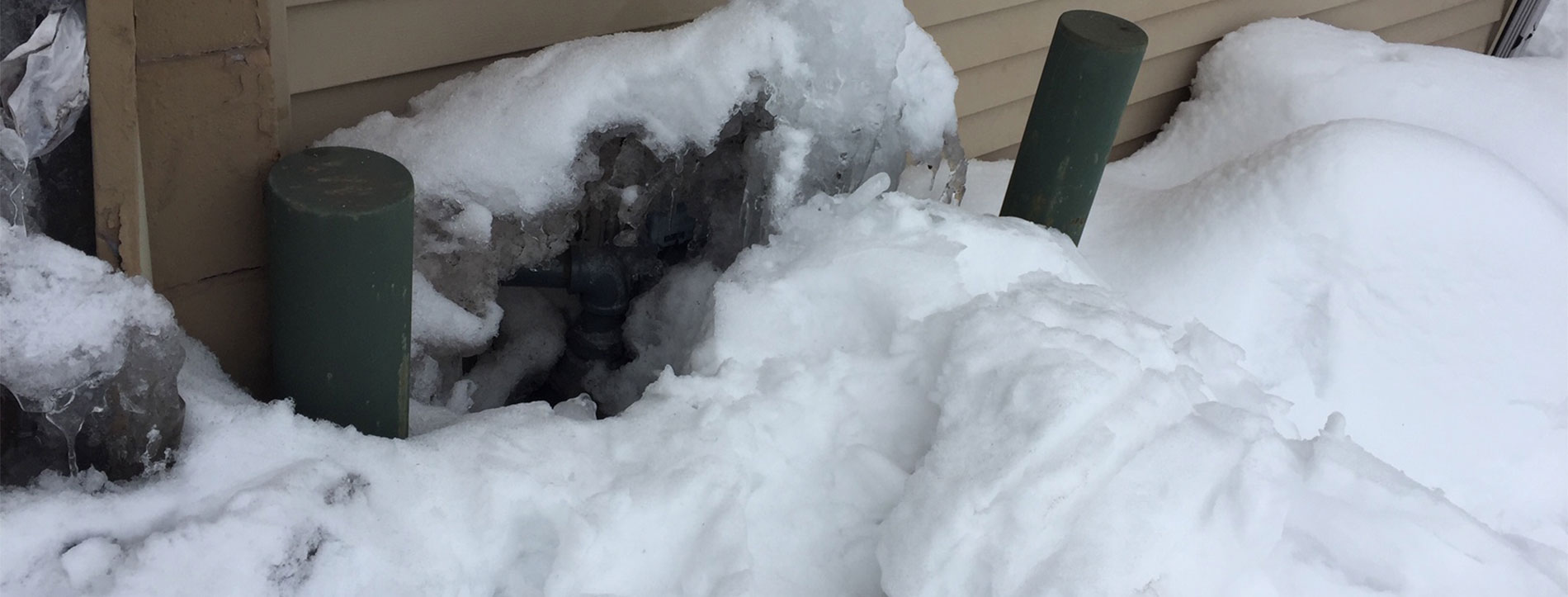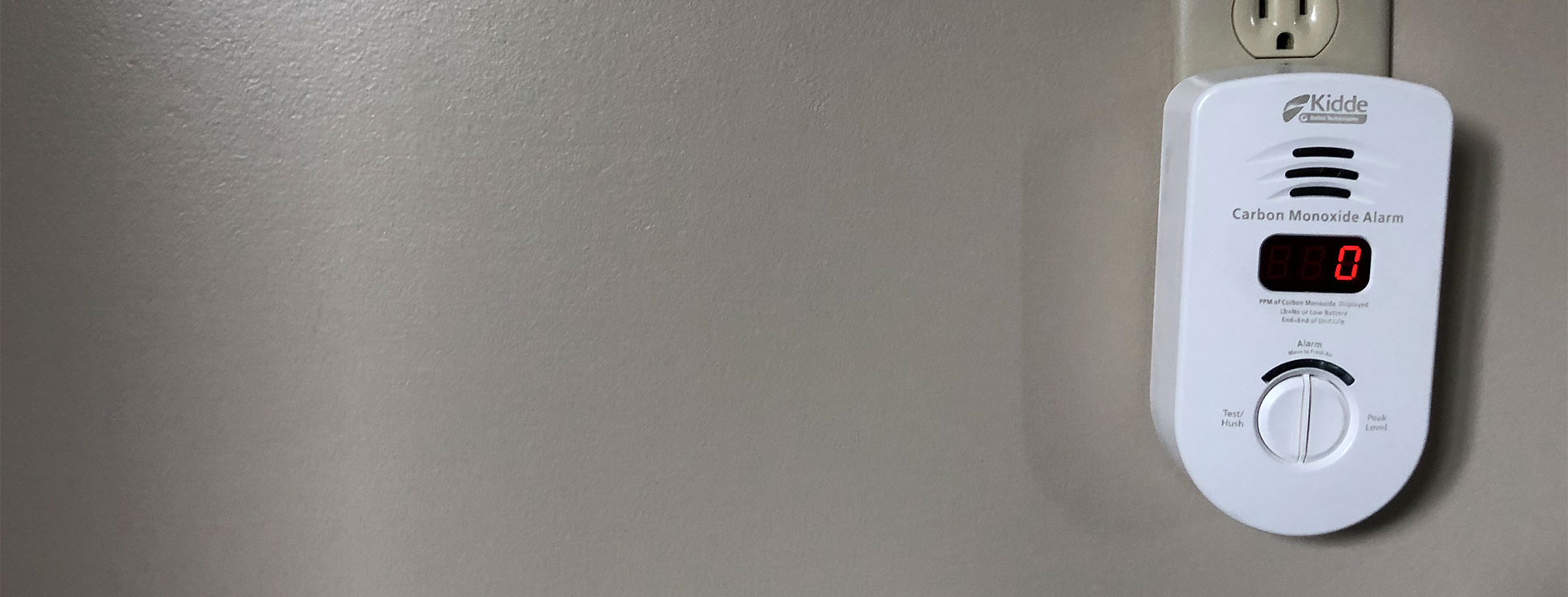Home
About Us
About Us
The Head of the Lakes Natural Gas Group’s mission is to educate and promote the value and safe and efficient use of natural gas and natural gas equipment through the combined efforts of the group members and trade allies.

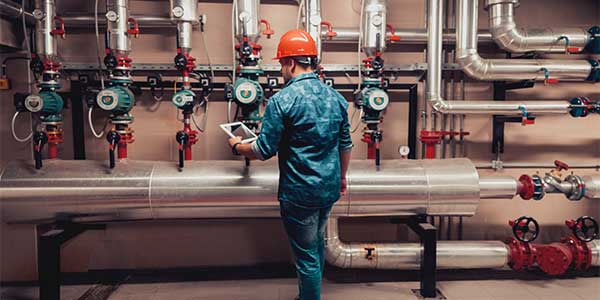
Media & Resources
- American Gas Association: https://www.aga.org/
- National Call 811: https://call811.com/
Our Members
KNOW WHAT’S BELOW: CALL 811 BEFORE YOU DIG
Whether you’re planning construction, gardening, landscaping, fencing, or any other type of digging around your personal property or business, call 811 at least three days before you get started.
Local utility professionals will come to your property to locate any buried electric, natural gas, telephone, or utility lines. They’ll mark these lines with paint or flags so that you can avoid damaging them when you dig.
Coming in contact with utility lines can be extremely dangerous. Hitting a buried line while digging can disrupt utility service, cost money to repair, or cause serious injury or death. Protect yourself and your community by calling 811.
Frequently Asked Questions
What is 811?
811 is the national call-before-you-dig phone number. Anyone who plans to dig should call 811 or go to call811.com before digging to request that the approximate location of buried utilities be marked with paint or flags so that you don’t unintentionally dig into an underground utility line.
When do I call 811?
You should call 811 three business days before you begin any digging, including common projects like planting trees and shrubs or installing fences and mailboxes.
What info do I need before calling 811?
You will need to know the address of where you plan to dig, including the county and nearest cross street, as well as the type of project you’re completing and the exact area on the property where you’re planning to dig.
After I call 811, what do I do?
You need to wait a few days to allow utilities to respond to your request and ensure that all utilities have indeed responded to your request before breaking ground. Once all utilities have marked their buried lines, you should dig carefully around any utility marks and consider relocating projects that are close to buried utilities.
Safe Digging Is No Accident | Always Call 811 Before You Dig | Visit call811.com for more information
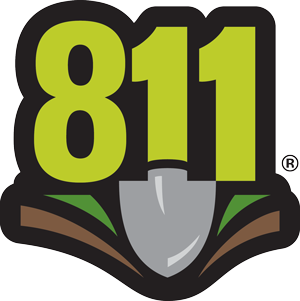
STAY SAFE AROUND GAS PIPELINES
Natural gas is essential to our everyday lives, and it is important to understand how to stay safe around natural gas pipelines. Yellow signs, flags, or paint indicate a buried gas line and are accompanied with warnings and information to indicate the product transported in the line. These signs will include the name and contact information of the utility to call in the event of a leak or emergency.
How to Identify a Natural Gas Leak:
There will be clear indicators in the rare event of a natural gas leak. The underground leak may cause persistent bubbling in standing water or dead/discolored vegetation amid healthy plants. You may also notice dirt appearing to be thrown into the air or hear a hissing, whistling, or roaring sound. In extreme cases, there may be a fire or explosion near or involving the pipeline.
If You Suspect a Natural Gas Leak:
- LEAVE the home, building, or vicinity immediately and call 911
- DO NOT USE telephones (including cell phones), doorbells, light switches, or any other electrical equipment within the building
- DO NOT light a match, operate light switches, garage door openers, appliances, engines, or any other potential sources of ignition
- DO NOT START UP OR SHUT DOWN any vehicles, machinery or equipment near the area
- DO NOT attempt to control the leak. If the gas is burning – let it burn
- TRAVEL UPWIND to escape any potentially dangerous accumulation of gas
- DO NOT RE-ENTER the area until told it is safe
- KEEP other people out of the area until help arrives
KEEP YOUR GAS METER CLEAR
When the temperatures in Minnesota and Wisconsin start dropping, you rely on your natural gas supply to keep you safe and warm all winter long. It is essential that you keep your gas meter clear of ice and snow, so it will continue to work properly. If a natural gas meter is covered with snow and ice it can create a potentially dangerous situation. Snow and ice buildup on gas regulator vents can cause malfunctions or lead to a buildup of natural gas that could create a gas leak and/or service disruption.
Follow these simple guidelines to remove snow from your gas meter safely:
- Use a broom to remove snow and ice from your meter, regulator and appliance vents
- Never use a snow blower or shovel next to a meter
- Always clear a path to your meter to allow emergency access
- Call your local utility if your meter is encased in ice
- Remove icicles hanging above your meter
CARBON MONOXIDE SAFETY
Carbon monoxide (CO) is an odorless, colorless and toxic gas. Because it is impossible to see, taste or smell the toxic fumes, CO can kill you before you are aware it is in your home. The effects of CO exposure can vary greatly from person to person depending on age, overall health, and the concentration and length of exposure. Knowing the symptoms of CO poisoning could save lives.
There should be one Carbon Monoxide detector on every level of your house and they should be placed 5 feet above the floor.
Low to moderate CO poisoning symptoms are similar to the flu (excluding fever):
- Headache
- Fatigue
- Shortness of breath
- Nausea
- Dizziness
High-level CO poisoning symptoms are more severe:
- Mental confusion
- Vomiting
- Loss of muscular coordination
- Loss of consciousness
- Ultimately death
CO Safety Tips:
- Have your home heating systems (including chimneys and vents) inspected and serviced annually by a trained service technician
- Never use portable generators inside homes or garages, even if doors and windows are open; use generators outside only, far away from the home
- Never bring a charcoal grill into the house for heating or cooking and do not barbeque in the garage
- Never use a gas range or oven for heating
- Open the fireplace damper before lighting a fire and keep it open until the ashes are cool. An open damper may help prevent build-up of poisonous gases inside the home
- Install battery-operated CO alarms or CO alarms with battery backup throughout your home, and especially outside each sleeping area
Learn more at: https://www.epa.gov/indoor-air-quality-iaq/where-should-i-place-carbon-monoxide-detector

